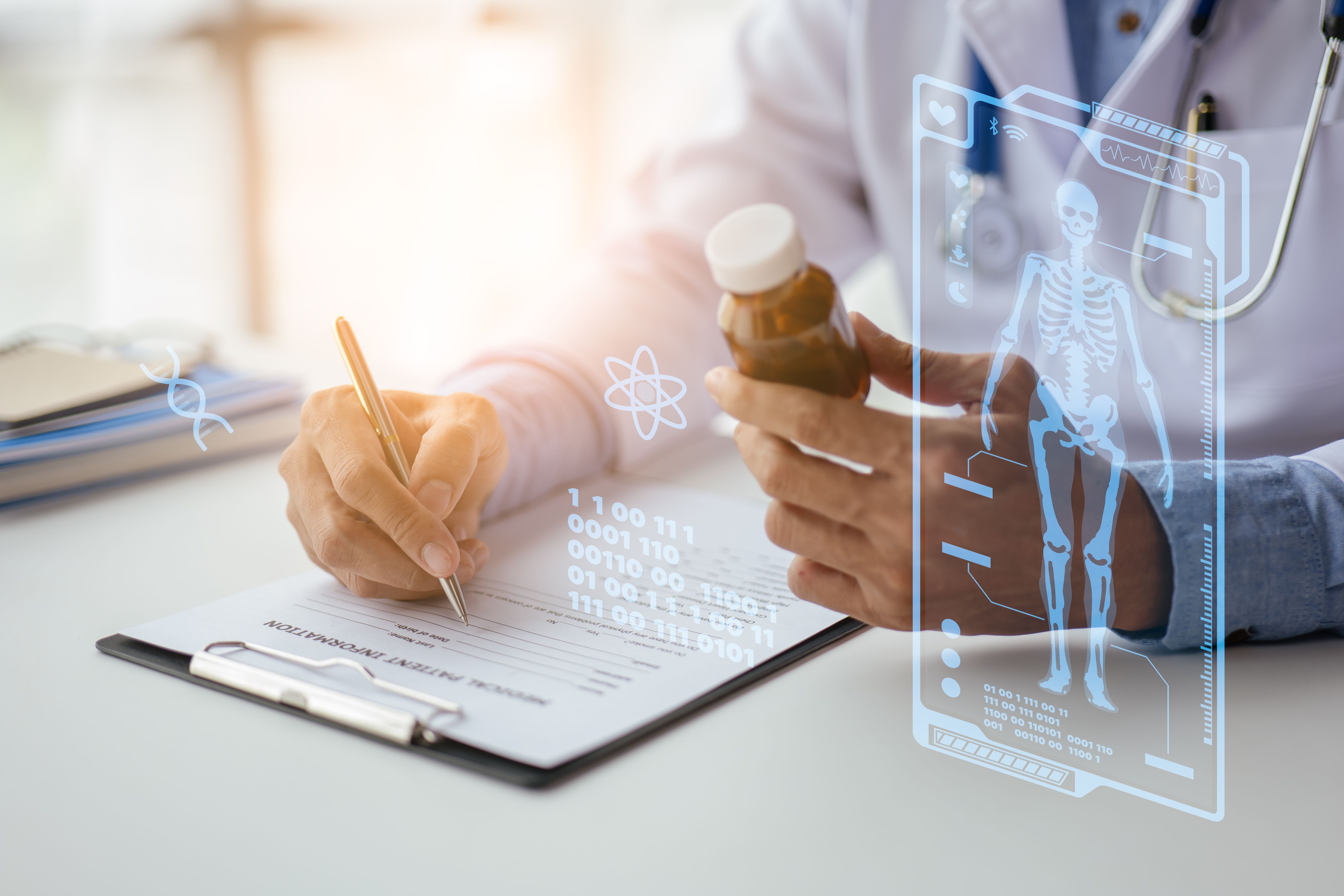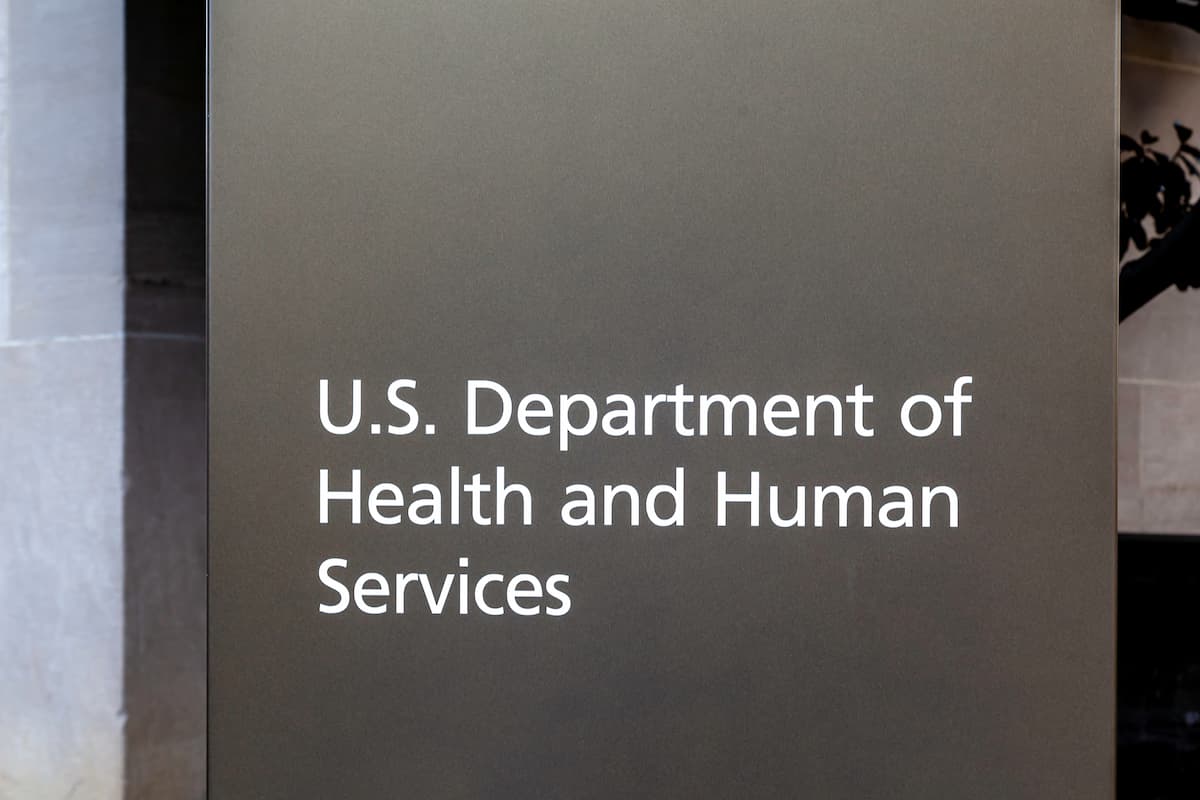News
Article
Study: Skin-Deep Resilience Can Have Physiological Impact on Youth in Early Adolescence
Author(s):
To have skin-deep resilience is to overcome adversity to achieve success, be it psychological or academic.
Skin-deep resilience is a pattern observed in individuals who have overcome some level of adversity to succeed while maintaining self-control. Unfortunately, this pattern of behavior can take a toll on a person’s physical health, even at a young age, according to an article discussing the results of a study conducted by investigators at the University of Illinois (UI) Urbana-Champagne, Urbana-Champaign which was published in the Journal of Youth and Adolescence.1,2
“Historically, youth from disadvantaged backgrounds who ‘beat the odds’ were assumed to have universally positive outcomes…outwardly these youth are seen as resilient, but these emerging ‘skin-deep resilience’ findings suggest this success may come at a cost to their physical health,” said Allen Barton, PhD, lead study author, who is an assistant professor in the Department of Human Development and Family Studies and an Illinois Extension specialist in the College of Agricultural, Consumer and Environmental Sciences (ACES) at U. of I in the press release.1
Image credit: pressmaster | stock.adobe.com

Racial and ethnic minorities are more likely to have skin-deep resilience, often because they are more susceptible to experiencing discrimination, disadvantaged neighborhoods, socioeconomic risk, and other stressors.1 Previous studies have shown that skin-deep resilience occurs in late adolescence and adulthood,and that it can take a toll on health, but this study aimed to evaluate the occurrence of physiological changes in these high-striving minority youth during early development stages.1,2
U. of I. investigators evaluated data originally from the NIH-led Adolescent Brain Cognitive Development study. In this study, the team specifically evaluated the physiologies of 7712 young children aged 9 and 10 years at baseline and at 1-year follow-up. The cohort was 66% White, 13.4% Black, and 20.6% Hispanic.1
The results did show that additional stressors often experienced among racial and ethnic minority youth can worsen physiological outcomes. Children who were Black and Hispanic were more likely to live in disadvantaged neighborhoods, experience additional stressors, and have high executive functioning than children who are White.2
This high executive functioning is related to goal direction and problem-solving. Although it was associated with fewer conduct problems or rule-breaking behaviors at 1 year in children who are Black or Hispanic, it was also associated with accelerated pubertal development, which could have a physiological impact.2
“Early adolescents with high executive function that were residing in disadvantaged neighborhoods seemed to be doing really well with [indicators] of behavioral adjustment over time, but their planful, regulated efforts may be taking a toll on their body,” Barton said in the press release.1
Self-regulation and striving can be considered good for youth in disadvantaged neighborhoods, seeing that it is associated with positive behavior and psychology; however, it can have a physiological impact, according to Barton.1
“We need to ensure these youth have individual, family, and community sources of support that allow them to be resilient above and beneath the skin,” Barton concluded.1
Reference
1. Skin-deep resilience: Hidden physical health costs for minority youth overcoming adversity. University of Illinois College of Agricultural, Consumer and Environmental Sciences. News Release. January 4, 2024. Accessed on January 10, 2024. https://www.eurekalert.org/news-releases/1030352
2. Barton AW, Yu T, Gong Q, Chen E, Miller GE, Brody GH. Skin-deep Resilience and Early Adolescence: Neighborhood Disadvantage, Executive Functioning, and Pubertal Development in Minority Youth. J. Youth Adolescence 53, 284–293(2024); Doi: 10.1007/s10964-023-01911-6
Newsletter
Stay informed on drug updates, treatment guidelines, and pharmacy practice trends—subscribe to Pharmacy Times for weekly clinical insights.






